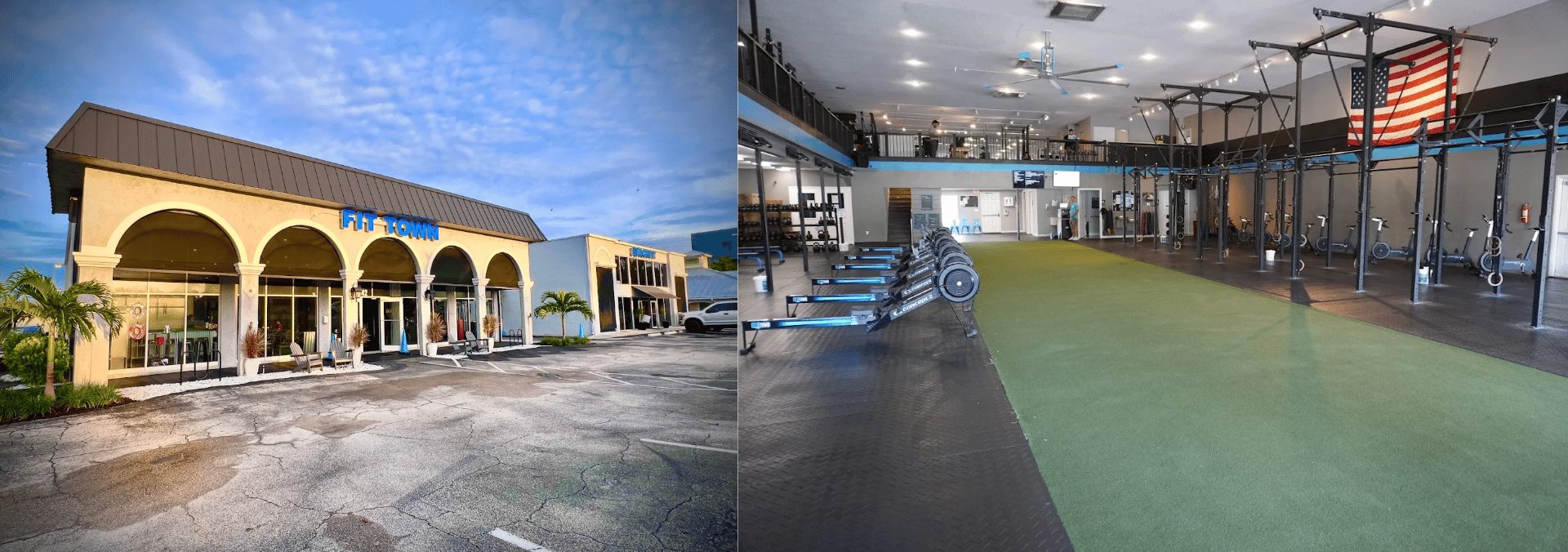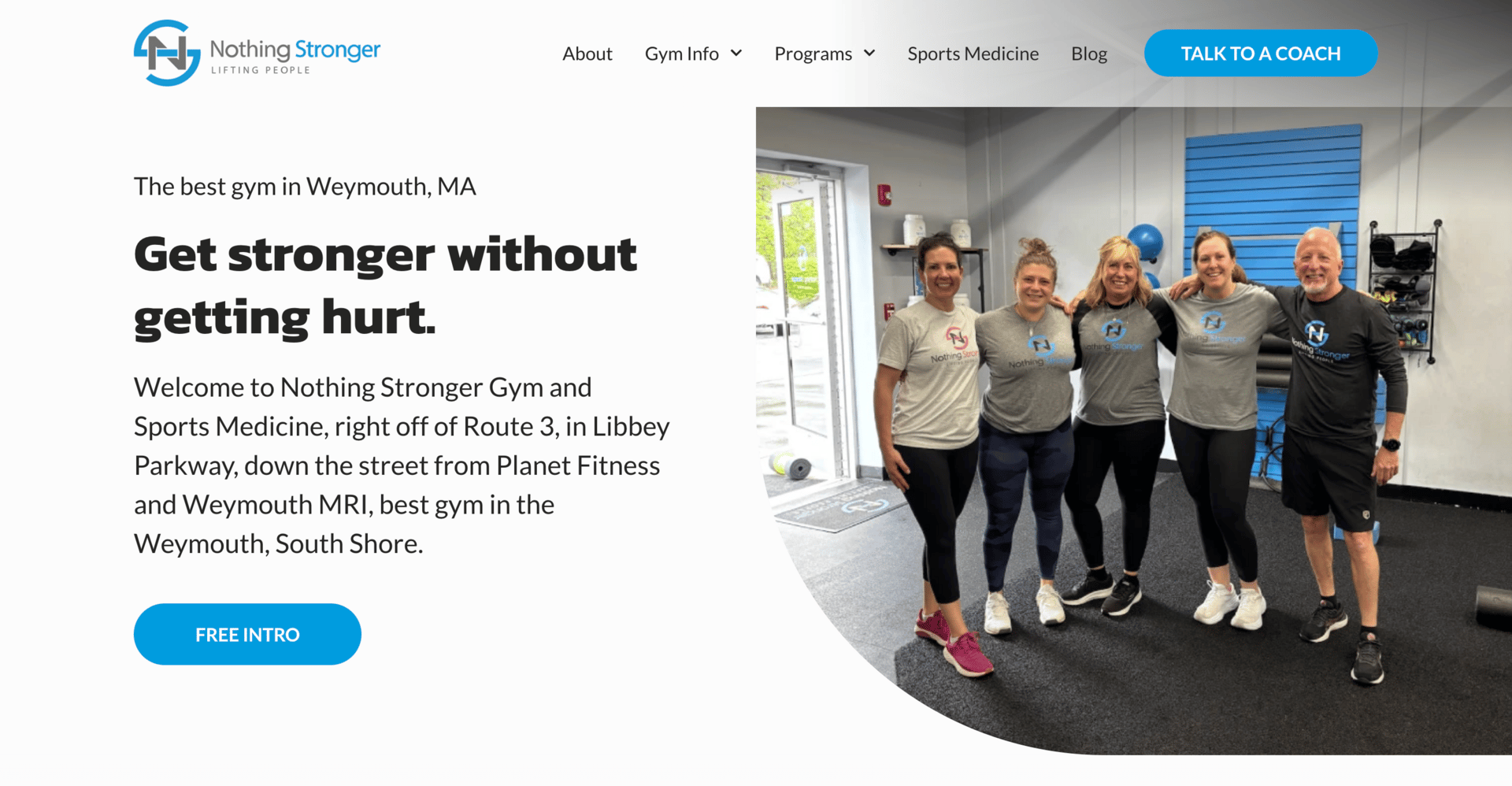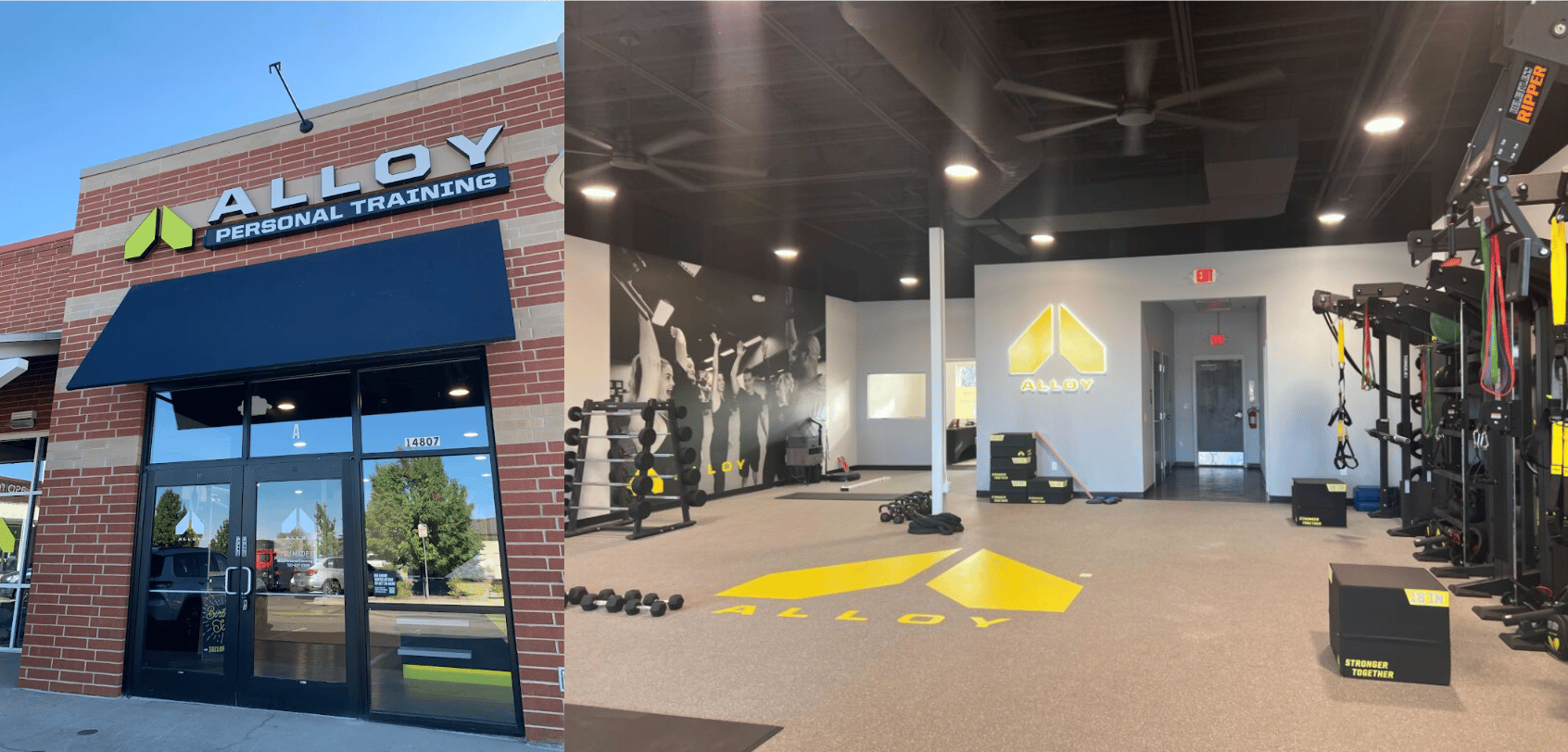- Gym World
- Posts
- John Franklin: What I'd do differently if I opened another gym tomorrow
John Franklin: What I'd do differently if I opened another gym tomorrow
What years of working with gyms have taught me about starting one the right way.
Hey Gym World,
If you opened a gym today, what would you do differently?
I get asked this all the time. After 15 years in the industry, from owning five gyms to selling them and now working with hundreds of owners through Two-Brain Business and Kilo, I’ve seen what works and what doesn’t. Add in weekly conversations with some of the top gym owners in the world, and I’ve built a perspective most people rarely get.
So today I want to share what I’d do differently if I opened a small coaching gym. You can watch the full breakdown with my co-host Mateo, or keep reading to see the highlights.
I Would Buy a Profitable Gym
Starting a gym from scratch sounds exciting, but most owners know how tough it really is. You sign a lease, buy equipment, and then spend years trying to put the right systems, staff, and members in place. It’s stressful, expensive, and for many people, it takes way too long to become profitable.
That’s why many owners look at acquisitions instead. Some owners buy struggling gyms at asset value and rebuild them, but it often means staff changes, cultural resets, and months of extra work.
I would go the other way and buy a profitable, established gym. While it costs more and can take longer to find, it saves years of trial and error and puts me in a much stronger position from the start. And at this stage in my career, I’d rather pay a premium for stability and peace of mind.
So here’s what I’d be looking for:
A proven gym. I’d want proof the business already works. If it’s been profitable for 5 to 10 years, that history tells you it will likely keep performing for the next 5 to 10.
The right location. I’d want the gym to be in the market I want to serve and ideally close to me. From there, I’d look for a space with good parking, easy access, and a neighborhood that makes sense for the type of clients I want to attract.
Smart financing. In the U.S. you can use an SBA loan, which means you only need about 10% down. So on a $1M gym, you’d put up around $100K and step into something already profitable. That’s a lot safer than starting from scratch and burning cash for years.
Real estate, when possible. Lease problems take down a lot of gyms, so I’d prioritize deals where the owner also owns the building. Rolling the property into the purchase gives you security and another asset, but if it came down to it, I’d still take a great gym without real estate over an average one with it.
The right team in place. Coaches and managers who’ve been around for years are invaluable. Stability in staff and systems means you’re not spending your first year putting out fires.
And based on that criteria, Andrew Frezza’s former gym is exactly the kind of acquisition I’d go after.

The exterior and interior of FitTown Jupiter, Andrew’s former gym
I Would Build Simple, Scalable Systems
One of the biggest pain points I see in gyms is owners trying to do everything themselves. Leads slip through the cracks, billing mistakes pile up, and members leave because there’s no process to keep them engaged. Without structure, everything feels messy and unpredictable.
My goal with another gym would be to keep it simple to run and less dependent on me. The way to do that is by putting the right systems in place from day one.
For me, that would include:
A gym website. The right website brings in new members without extra work. It should capture leads and make it easy for prospects to book. I’d use a Kilo website because it’s built for coaching gyms and optimized so locals can find you.

Tim Concannon used his Kilo site to grow past $700K a year.
Marketing automation. Owners don’t have time to chase every lead. Tools like Gym Lead Machine handle follow-ups and reminders automatically, which keeps people from slipping through the cracks. Scott Drapeau used it to take Alliance Athletics from 50 to 300 members.
Gym management software. Billing and scheduling errors cause unnecessary headaches. I’d use Kilo GMS because it keeps everything organized and reliable in one place, making it easy to know what’s going on in your business at any time.
Note: Systems matter, but so do the people behind them. What I like about Kilo is that you’re not left to figure things out on your own. You get a team that supports you, helps you solve problems, and makes growth easier.
With those systems in place, I’d also focus on onboarding. The first 90 days often decide whether members stay or leave, so onboarding has to be intentional. A strong process sets the tone, makes people feel supported from day one, and keeps retention high. We’ve seen this work for owners like Jeremy Jones and Matt Skeffington.
I Would Keep the Model Simple and Profitable
One reason many gyms struggle is because their model is too complicated. They try to serve everyone with a mix of classes, personal training, open gym, and specialty programs. But when you spread yourself too thin, it’s harder to stand out, harder to create repeatable systems, and harder to charge premium rates.
A lot of seasoned gym owners started out this way, but once they simplified their model, their gyms became easier to run and far more profitable.
That’s why if I were opening another gym, I’d pick one clear niche and build the whole business around it. A focused model keeps operations simple, makes marketing more direct, and gives you pricing power because people see you as the expert instead of comparing you to cheaper options.
We’ve featured plenty of gyms that prove this works:
Cressey Sports Performance focuses on baseball players and charges $10K for a 10-week program.
Core Principles Personal Training offers personal training for adults 55+ and charges $436–$636 a month.
Her Strength Studio runs women-only small group training at $280–$364 a month.
Agrove Academy works with neurodivergent athletes and charges $350–$650 a month.
If it were me, I’d go with small group or semi-private training. These models are easier to manage, support higher margins, and attract clients willing to invest in results.
Here’s how I’d set it up:
Serving adults 60+. They often have disposable income, flexible daytime schedules, and want programs that feel personalized.
Semi-private training. One coach working with 3–6 clients at a time keeps the service high-touch while still being efficient to run.
Daytime operations. Retirees usually prefer mid-day sessions, which means the gym could run more like a 9–5 instead of early mornings and late nights.
Outcome-based pricing. Packages would be built around results and retention. That makes it easier to charge premium rates and raise prices as the value grows.
Note: Older adults aren’t on social media as much, so I wouldn’t need to constantly create content to reach them. Instead, most growth would come from word of mouth and referrals, and those leads are almost always higher quality. 🙌
Gyms that charge premium rates need to feel premium. Too many owners overlook this, and the result is a space that feels cluttered, generic, or cheap. When that happens, members question the value and it becomes harder to justify higher prices.
If I were starting again, I’d invest in the design and the atmosphere. Owners like Rick Mayo and Curtis Christopherson have proven that details like lighting, sound, finishes, and bathrooms matter because these are the things members see and feel every visit. And when the environment feels intentional and elevated, it makes people proud to be there and far more willing to pay premium rates.

Inside an Alloy Personal Training studio, part of Rick Mayo’s franchise
But the space is only part of it. The people delivering the service have to match the environment.
That’s why I’d also hire experienced coaches with strong reputations and pay them well. They bring trust, get members results faster, and shorten the ramp-up because they already know what they’re doing. In many cases, they even bring their own clients, which adds value to the business right away.
Together, the space and the coaching create an experience members can’t get anywhere else. I didn’t fully appreciate that with my first gyms, but if I started again, it would be the priority from day one.
TL;DR
If I opened another gym tomorrow, here’s what I’d do differently:
Buy a profitable gym. Starting from scratch takes years to figure out. I’d rather pay for stability, proven systems, and an existing client base.
Put systems in place from day one. Website, automation, management software, and onboarding. That way the gym runs smoothly and isn’t dependent on me.
Keep the model simple. I’d niche down to something profitable like semi-private training for adults 60+. It’s easier to run, supports higher margins, and attracts clients who can pay for results.
Deliver a premium experience. The facility would feel elevated, and I’d hire great coaches who build trust, get results, and make the service worth premium pricing.
So there you have it, Gym World. I hope these takeaways spark ideas for your own gym journey.
signing off,
j